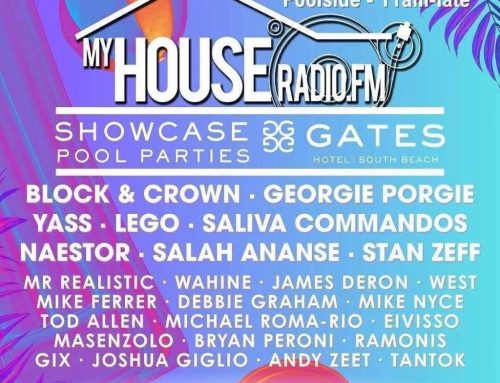
Apple Music has rolled out a “Set List” feature with which artists can make dedicated playlists to promote their shows.
The Spotify rival just recently unveiled Set List, noting at the outset that acts must have an artist image (which will double as the playlists’ cover art) uploaded to Apple Music in order to utilize the tool.
Connecting one’s artist page to Bandsintown is also recommended due to the concert-discovery advantages at hand, the platform explained in more words. (Advisable as well is creating an optimal Apple Music artist page; we took an in-depth look at that process earlier in 2024.)
As for the steps associated with generating Set List playlists, professionals can simply click the relevant button in the Artist Playlists section, select an event type (concert, entire tour, or residency), connect a forthcoming concert or concerts (manually or automatically via the Bandsintown integration), and add the desired tracks to seal the deal.
Per Apple Music, the playlists can be scheduled to go live on certain dates (so long as said dates are “no earlier than one day in the future”), and artists can make “as many Set List playlists as shows you have played or will play.”
Notably, on the aforementioned discovery front, these Set List playlists will also populate one’s Shazam profile, the streaming service relayed. Over the summer, the Apple-owned song-identification app started integrating Ticketmaster tickets.
Shifting from these technical details to the possible advantages associated with mapping out shows’ performed tracks via dedicated playlists, the latter can presumably help promote carefully planned gigs ahead of time.
Perhaps just as beneficially, the feature will seemingly make it easier for attendees to identify songs after the fact; the Super Bowl Halftime Show sponsor pointed as well to a potential upside in reaching “fans who couldn’t make the live experience.”
Bigger picture, Set List playlists mark the newest in a line of Apple Music (and Apple Music for Artists) feature additions on the year – including, on the Artists side, the ability to track worldwide radio spins.
Meanwhile, Apple Music flipped the script in late August by enabling subscribers to export playlists to YouTube Music (but not Spotify). Speaking of Spotify, the longtime Apple nemesis hasn’t lacked technical improvements on the year, referring in part to auto-generated offline playlists (kicking in when listeners lose internet connectivity) and various AI offerings.
Not to be left out, Amazon Music is continuing to leverage exclusive content (remixes, performances, and more) and lean into partnerships with the likes of Discord, which now supports the “Amazon Music Listening Party” activity.





Leave A Comment
You must be logged in to post a comment.